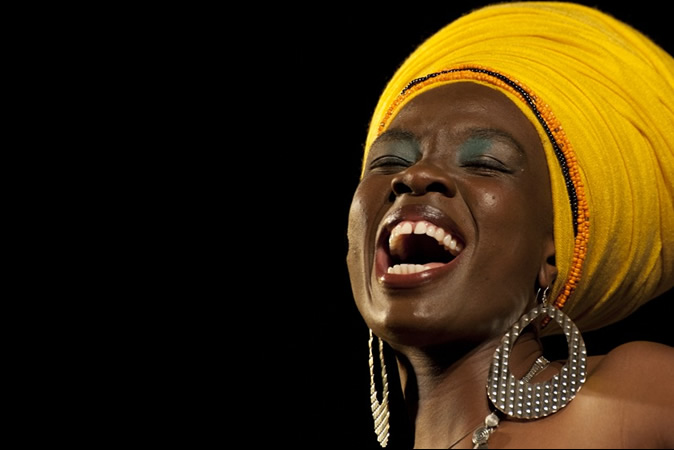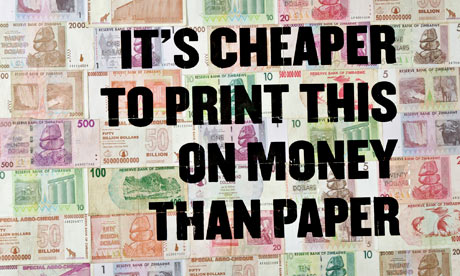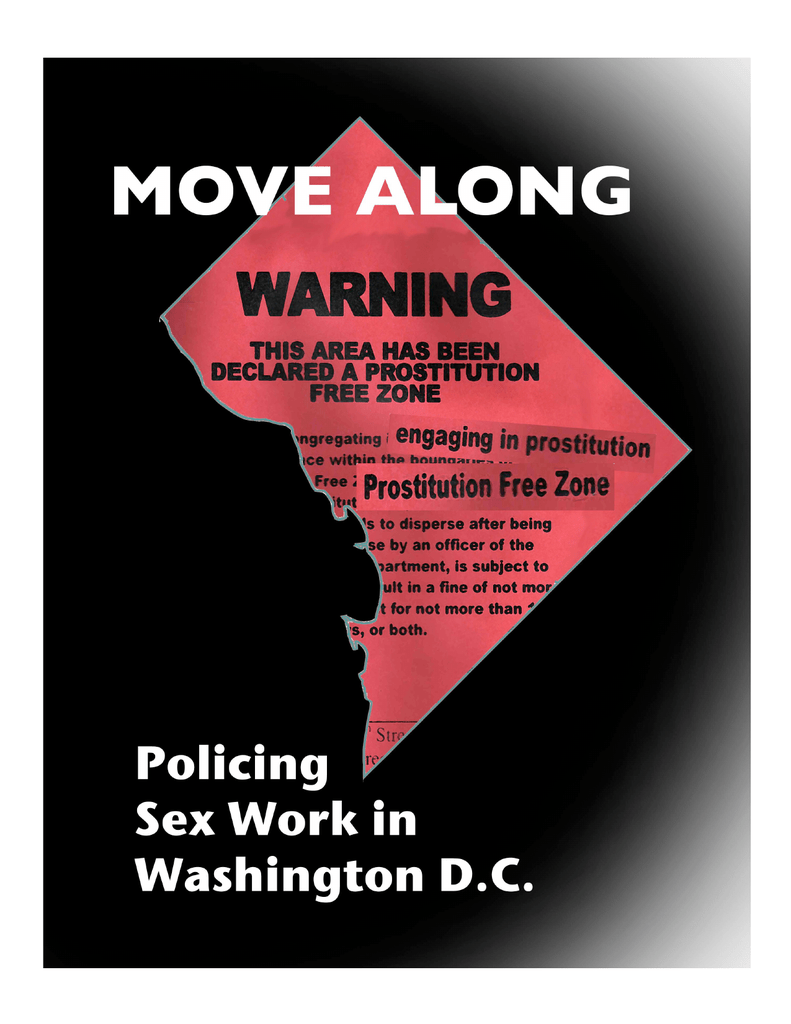
A detective `monitors’ Craigslist’s “Erotic Services” category
Earlier this month, a Chicago-area sheriff’s office sued Craigslist claiming that the website facilitates prostitution through its “Erotic Services” section which Sheriff Tom Dart claims to be “one the largest sources of prostitution in the country”. The Cook County Sheriff’s Department is asking a federal judge to both force the site to close the offending section and repay the sheriff’s department $100,000 in funds that have been used over the years to police the website. Dart goes on to claim that the site’s ads are often masks for pimps, child and forced prostitution. He also claims that Craigslist is at fault for an increase in volume of workers that the force has had to battle and that it allows criminals to elude police more easily. Craigslist may also be responsible for spikes in teen pregnancy, HIV/AIDS and global warming; but that’s for another day.
This suit has not only ignored the fact that Craigslist has been exceptionally cooperative with police in many cities by adding requirements such as payments and proper ID for the “erotic services” section, removal and reporting of illegal ads and supporting undercover officers placing ads with no legal requirement to do so, but that law enforcement seems to have an easier time policing the website because of the digital fingerprints as well as faces in photos posted, credit card and active phone numbers that can be traced. Workers who are online are also less likely to use public strolls and are able to safely and discretely work indoors. Likewise, Craigslist and workers on the site are potentially protected by certain legal loopholes. Websites cannot be held liable for the postings of users, which is the entire basis of sites like Craigslist; they also post a number of legal warnings on the site itself. Also, many workers utilizing the “erotic services” section have been to place disclaimers on their posts claiming “Money exchanged is intended for time/companionship services only. Anything else that may occur is a personal choice between two consenting adults of legal age and is not contracted for, nor is it requested to be contracted for any other matter. This is NOT an offer of prostitution!!! Contacting me constitutes acceptance of these terms”.
Despite this, the suit continues. However, any more, most major cities have devoted staff, sometimes full time, to policing the site. This is often done under the banner of searching for underage or trafficked children. The FBI has also jumped on this bandwagon, starting a full-scale campaign against “child prostitution” in June 2003 called “Operation Cross Country”. The FBI also blames the internet for a growth in instances of child prostitution. However, neither the FBI nor police seem to question whether or not it is actually more common or just more visible and identifiable by police because of the accessibility of the internet. An article from last October concerning the latest FBI push points to discrepancies in this discussion saving child workers. The article celebrates the fact that 518 consenting adult workers were arrested while rescuing merely 47 children ages 13-17 and arresting only 73 pimps. Such disproportionate numbers of adult arrests as well as an account from the Boston Globe about a sting by this team involving another 5 adult arrests (the FBI does not claim that they suspected any of the women to be minors) hints that there is a much larger mission being undertaken by the FBI. Special Agent Robbie Burroughs comments on the arrests in western Washington state, that most will be charged by the state but only 3 of the 35 will be prosecuted for pimping children. If getting children out of the sex trade is really the goal of “Operation Cross Country”, why are predominately adult women workers being targeted, abused and harassed so blatantly? The message is clear; either the rights of adult sex workers are not respected by lawn enforcement and are scene as a necessary and deserving casualty of this attempt to “save the children” or “saving the children” is merely a cover for a larger campaign against workers. The harassment and targeting is justified because the police in this instance are simply claiming to be an extension of the larger “help industry”.
So what is gained by battling Craigslist and other sites of internet-based sex work? It’s a symbolic victory most. The internet, it seems, is being as heavily gentrified and policed as downtown Washington. This policing is just as violent towards workers, taking away one of the safer modes of work. Critics of the networking site fail to acknowledge why the site may be so popular for workers, the vast majority of whom are not underage and work for themselves. Sites like Craigslist provide a safer means for workers to advertise and screen clients. Workers on the streets have a much higher risk of being attacked or abused because strolls in D.C. and other major cities are being moved into progressively less established, less secure and poorly lit areas due also to heavy policing. Shutting down legitimate websites where workers can network and advertise simply pushes the industry further underground and back onto the streets. Advertising on the web allows workers to skip this traditional step of walking the streets where they are also more prone to manipulation from pimps and blackmail by police in exchange for petty protections. Workers also need not rely on pimps or brothels for advertising and safety, allowing them to keep more of their own profits. Stings are also highly disruptive with police claiming computers and cash (often several hundred dollars worth) as evidence while also imposing fines or jail sentences, disrupting business, and requiring the worker to pay for attorneys. All of this pushes a worker with no labor protections potentially further into debt and further decreases their ability to have legal work, if they so choose, due to their arrest record. Regulating and policing abuse and slavery within the industry is one thing, using that as an excuse to endanger women is another.
(Photo Credit: The New York Times / Kirk Condyles)



 As someone who lives in deepest Southeast DC (Alabama Avenue and Stanton Road), I’m living in an area where the global collapse of capitalism has stalled gentrification. Of course, in my predominantly African American neighborhood, it wasn’t called that. My new neighbors are participating in “revitalization,” which has meant the
As someone who lives in deepest Southeast DC (Alabama Avenue and Stanton Road), I’m living in an area where the global collapse of capitalism has stalled gentrification. Of course, in my predominantly African American neighborhood, it wasn’t called that. My new neighbors are participating in “revitalization,” which has meant the 
